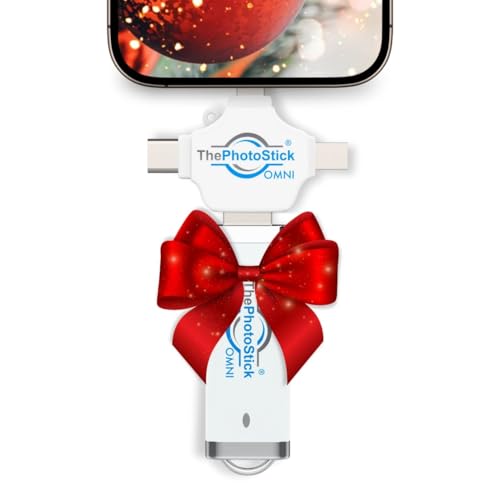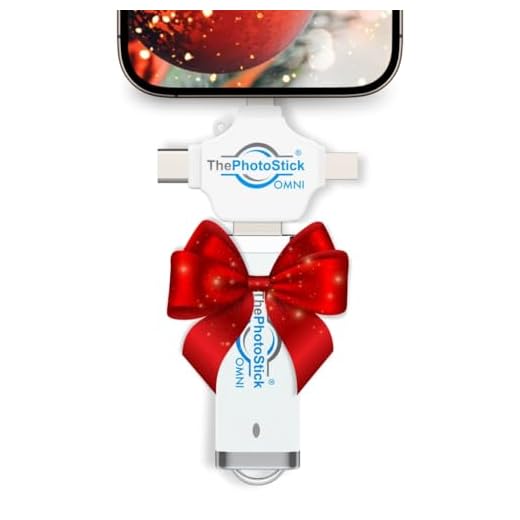




Do you want to share your iPhone camera to your Mac for a seamless experience? Look no further! In this comprehensive guide, we will walk you through the steps to easily connect your iPhone camera to your Mac and transfer photos, videos, and more.
Step 1: Ensure Both Devices are Connected to the Same Wi-Fi Network
Before you begin, make sure that both your iPhone and Mac are connected to the same Wi-Fi network. This is essential for establishing a stable connection between the two devices.
Step 2: Enable AirPlay on Your iPhone
Next, open the Control Center on your iPhone and tap on the Screen Mirroring option. Select your Mac from the list of available devices to start mirroring your iPhone screen.
Step 3: Access Your iPhone Camera on Mac
Once your iPhone screen is mirrored on your Mac, open the Photos app on your iPhone and start capturing photos or videos. You will see real-time updates on your Mac screen, allowing you to view and save your media files seamlessly.
How to Connect iPhone Camera to Mac
If you want to share the camera of your iPhone with your Mac, you can easily do so by following these steps:
Using a USB Cable
1. Connect your iPhone to your Mac using a USB cable.
2. Unlock your iPhone and tap “Trust” on the prompt that appears on your device.
3. Open the Photos app on your Mac.
4. Your iPhone camera should now be accessible in the Photos app, allowing you to import photos and videos directly from your iPhone.
Using AirDrop
1. Make sure that both your iPhone and Mac have AirDrop enabled.
2. Open the Photos app on your iPhone and select the photos or videos you want to share.
3. Tap the Share icon and select your Mac from the AirDrop options.
4. Accept the incoming AirDrop request on your Mac.
5. The photos or videos will be transferred from your iPhone to your Mac.
| Method | Pros | Cons |
|---|---|---|
| Using a USB Cable | Direct and secure connection | Requires a cable |
| Using AirDrop | Wireless transfer | Both devices need to be close to each other |
Step-by-Step Guide
Follow these steps to share your iPhone camera to your Mac:
| 1. | Make sure both your iPhone and Mac are connected to the same Wi-Fi network. |
| 2. | On your iPhone, open the Control Center by swiping down from the top right corner of the screen. |
| 3. | Tap on the “Screen Mirroring” option. |
| 4. | Select your Mac from the list of available devices. |
| 5. | Enter the AirPlay code if prompted on your Mac. |
| 6. | Your iPhone camera should now be mirrored on your Mac screen. |
Using USB Cable
To share your iPhone camera to your Mac using a USB cable, follow these steps:
Step 1: Connect your iPhone to your Mac
Start by connecting your iPhone to your Mac using a USB cable. Make sure the cable is securely plugged into both devices.
Step 2: Trust the connection
When you connect your iPhone to your Mac for the first time, you may see a prompt on your iPhone asking you to trust this computer. Tap “Trust” to establish the connection.
| Tip: | If the prompt doesn’t appear, unlock your iPhone and check for any notifications related to the connection. |
|---|
Using Wi-Fi Connection
To share your iPhone camera to your Mac using a Wi-Fi connection, follow these steps:
Step 1: Connect your iPhone and Mac to the same Wi-Fi network
Make sure both your iPhone and Mac are connected to the same Wi-Fi network.
Step 2: Open the Camera app on your iPhone
Launch the Camera app on your iPhone to start streaming the camera feed.
Downloading Software
Before you can share your iPhone camera to your Mac, you will need to download the necessary software. There are various apps available that can help you achieve this, such as Reflector, AirServer, or ApowerMirror. You can download these apps directly from their official websites or from the Mac App Store.
| App Name | Official Website | Mac App Store |
| Reflector | Link | Link |
| AirServer | Link | Link |
| ApowerMirror | Link | Link |
Once you have downloaded and installed the software on both your iPhone and Mac, you can proceed to share your iPhone camera to your Mac seamlessly.
Setting Up Connection
Before you can share your iPhone camera to your Mac, you need to establish a connection between the two devices. Here’s how you can do it:
1. Make sure both your iPhone and Mac are connected to the same Wi-Fi network.
2. On your Mac, open the QuickTime Player application.
3. Click on “File” in the menu bar and select “New Movie Recording.”
4. A new window will open with the camera feed. Click on the small arrow next to the record button and select your iPhone from the list of available cameras.
5. Your iPhone camera feed should now appear on your Mac screen. You can adjust the settings and start recording or taking photos as needed.
Transferring Photos and Videos
To transfer photos and videos from your iPhone to your Mac, you can use the built-in features of macOS. Here are the steps to transfer your media files:
- Connect your iPhone to your Mac using a USB cable.
- On your iPhone, unlock the device and tap “Trust” when prompted to trust this computer.
- On your Mac, open the Photos app. It should automatically detect your iPhone and display your photos and videos.
- Select the photos and videos you want to transfer to your Mac by clicking on them.
- Click on the “Import” button to transfer the selected media files to your Mac.
Alternatively, you can use third-party apps like AirDrop or iCloud to transfer photos and videos wirelessly between your iPhone and Mac.
Troubleshooting Tips
If you are having trouble sharing your iPhone camera to your Mac, here are some troubleshooting tips to help you resolve the issue:
- Make sure both your iPhone and Mac are connected to the same Wi-Fi network.
- Check that both devices have Bluetooth turned on.
- Restart both your iPhone and Mac to refresh their connections.
- Update your iPhone and Mac to the latest software version.
- Try using a different USB cable or port to connect your iPhone to your Mac.
- Ensure that you have granted permission for your iPhone to access your Mac’s camera and microphone.
- Disable any third-party security software that may be blocking the connection.
- Reset network settings on both your iPhone and Mac.
- Contact Apple Support for further assistance if the issue persists.






